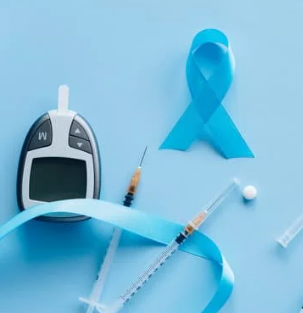In what we’d call a meaningful collaboration, the Massachusetts League of Community Health Centers (MLCHC) teamed up in 2009 with Azara Healthcare’s sister company, Arcadia Solutions, to launch a central repository that could produce reports for participating CHCs.
Two years into the project, thirteen CHCs in the Bay State are sending data nightly from their electronic health record (EHR) systems, and more are looking to get onboard. The Community Health Information Association Data Reporting and Visualization System (CHIA DRVS) takes full advantage of cloud computing, allowing CHCs to log into a website and run detailed reports on patient health and internal providers—and compare the findings with the overall results of other participating CHCs.
If that sounds like fertile ground for peer pressure, it’s all good, said Bob Dempkowski, deputy director of the Lynn Community Health Center (LCHC), a pioneer in the project. Being able to generate reports that highlight areas for improvement puts everyone in good stead. And knowledge of one’s efficacy relative to others’ will spur rapid adoption of best practices, a goal specified by the Centers for Medicaid and Medicare (CMS) for Quality Improvement Organizations.
I recently spoke with Bob to get a providers’ view of the DRVS system.
Q. What is the process with DRVS? How does it work?
A. DRVS pulls information from a selected set of our Electronic Medical Records and Practice Management data and stores it in a central data repository. We can go in and run reports on it. You log into a website, see a list of reports on the left, and choose the parameters, like ‘all providers’ or ‘individual providers.’ There are tons of different reports; we can get detailed reports at a patient level, or at an aggregate level, to see how we’re doing against other CHCs. We can see how our diabetic patients are doing, compared to Brockton for example.
DRVS is pretty easy to use, and if we have a question, we can call Azara. There’s also a coordinator at the MLCHC who is willing to be an intermediary and help solve any issues.
Q. How are you using the reports?
A. Some of them are Meaningful Use reports. We plan to start clinical reporting in the second half of 2012, to see how we’re doing on the clinical measures of Meaningful Use. It’s also taking our own blood pressure; some mandatory, some optional. We want to know, how are we doing? If there’s something we’re not doing as well on, we can take action. Historically, we have asked those questions but not documented the results. Now we can look and make changes in advance of Meaningful Use attestation.
Individual providers can also look at their panels. Lots of our staff members use it for panel reports, especially for chronic disease patients. There’s a set of federal reports that we have to do every February, UDS or Uniform Data Sets, in a growing number of clinical measures.
Q. So it’s been a useful, well-executed repository?
A. It’s great to have automatically generated reports—why should every health center have to recreate the wheel? We were one of the founding members; right now, there are about ten CHCs on the system, with more coming on, and more are looking at it. We’ve seen a lot of advancements.
One requirement for Meaningful Use in subsequent years is to report to public agencies, like the Massachusetts Immune Information System (MIIS) of the Mass. Dept. of Public Health. Our data will be able to go directly from DRVS to the MIIS database. We’re looking at DRVS as a way to do a lot of the things that are very hard to do on an individual basis. Another possibility is to have public health surveillance on things like the flu. There’s a huge amount of potential; it’s an interesting idea.
Related Articles

Value-Based Care Foundations Part 2: A New Chapter in Risk Adjustment
Explore Insights
Socioeconomic Status, Access, and Control: Rethinking Diabetes Outcomes
Explore Insights
